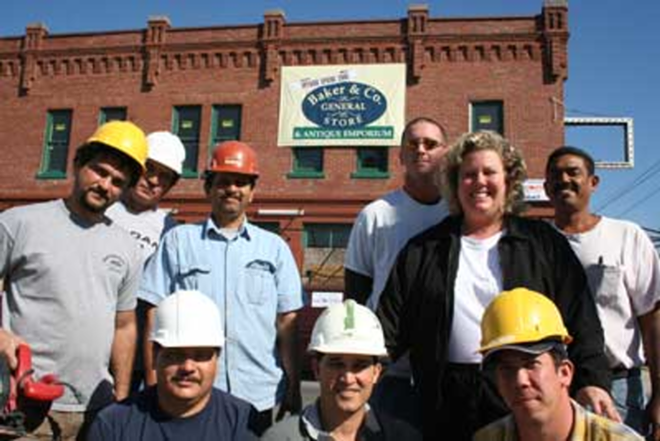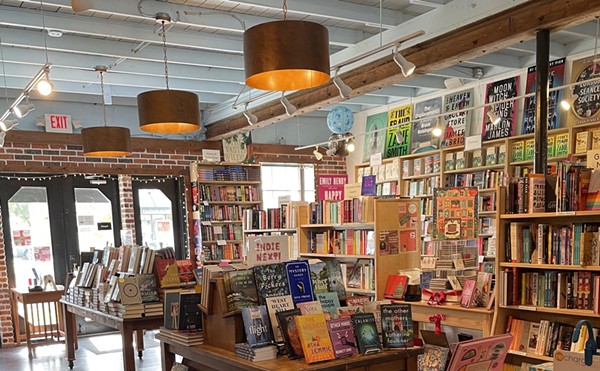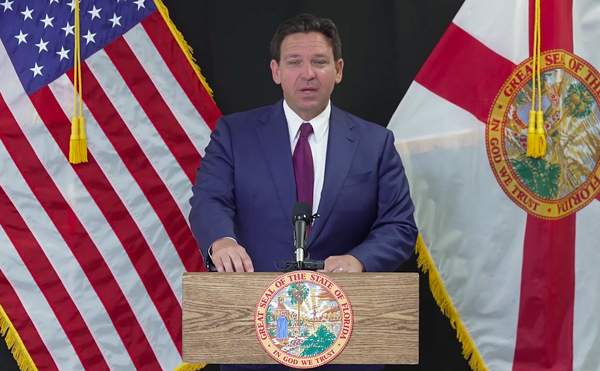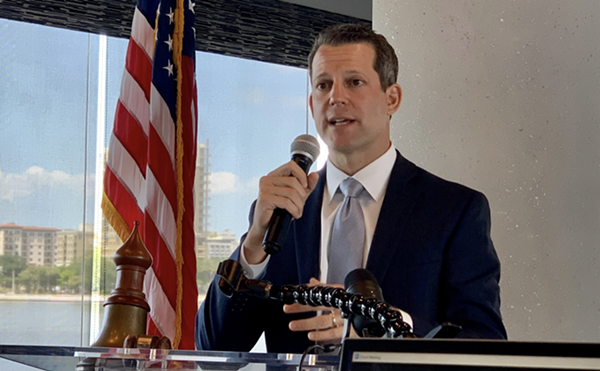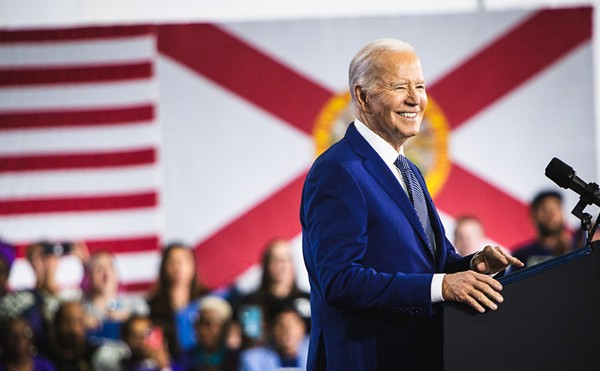His plan has its detractors. Some in the neighborhood have publicly worried that Turanchik's success will eventually drive out older residents. They point out that the median income in the neighborhood today is about $30,000, too low to purchase even InTown's affordable houses. They point to real estate agents swarming the other property owners with offers of twice the going rate for their houses. Turanchik also has his supporters; Lillie Howard, active in the Old West Tampa neighborhood's crime watch program, publicly advocated that Turanchik buy more homes in the area, targeting drug traffickers' properties.
And looking beyond West Tampa, InTown is a model that could change growth management.
"Hillsborough County is fundamentally on an unsustainable growth pattern, and the congestion on our roads is a testament to that," Turanchik said. "West Tampa has the ability to accommodate some of that growth."
As proof, he points to his first home-buyer: Jerel McCants, an architect only a few years out of the University of South Florida who, before he found InTown Homes, had discovered that the only place he could afford to buy a house was in Pasco County. "There's pretty much nothing under 200 [thousand dollars], even out in Pasco County," said the 32-year-old McCants. "I thought it was a pretty good opportunity."
The history of West Tampa is unfamiliar to many in Tampa Bay, who either know it as a Hispanic neighborhood or see its worst blight from the interstate off-ramp at Howard-Armenia. It was a company town, founded in 1894 around dozens of cigar factories, some of which are still around today. It offered cheap housing for workers, some of whom moved out from Ybor City, Cubans, Italians and African-Americans chief among them. It had its own cultural institutions for music, opera and theater (the long-gone Cèspesdes Hall was packing them in at the turn of the century) and societies to provide medical and other assistance. One key social club was the Centro Español de West Tampa, which is still standing today (though it's woefully underutilized by its owner, the Urban League).
West Tampa developed a rich and unique culture, and by 1910 it was Florida's fifth-largest city, according to Maura Barrios, a third-generation West Tampeña who is chronicling West Tampa in a historical, artistic and cultural project called "Our West Side Story: Voces de West Tampa."
"It's not just about nostalgia," Barrios said. "It's about the people, the social fabric that was created." It is this spirit from the days of the cigar workers, their radical politics and their labor union struggles, that continues to permeate West Tampa, making it highly resistant to change.
That spirit of independence may have cost it love, attention and money over the years. West Tampa was involuntarily annexed into Tampa in 1925; gutted economically in the 1960s when the cigar factories closed; and split in two by the interstate construction of the 1970s. It fell into decline.
One thing hasn't changed in 100 years: The area remains a draw for immigrants, with a burgeoning Mexican population and newcomers from Latin America aggressively opening small businesses along Columbus Boulevard, famed as "Boliche Boulevard" for its myriad Cuban restaurants serving the pot roast-stuffed-with-chorizo specialty.
West Tampa runs on its unique cuisines, especially the caffeine-rich café con leche. The coffee and the neighborhood are the lifeblood of Hispanic politics, with lively campaigning going on in cafes like the West Tampa Sandwich Shop or La Ideal. Two Tampa City Council members call West Tampa home, as many as the influential South Tampa has. The population is 42-percent Hispanic and 35-percent African-American.
"I have a theory that it attracts people because it is a comfortable place to be," Barrios said.
It's an especially comfortable place for artists, who find the cheap homes and funky loft spaces suitable for studios, and West Tampa's rich culture ideal fodder for creativity. Henry Gonzalez III, a banker and homebuilder in the neighborhood, talked more about the arts than his own Noho Homes on a recent tour of West Tampa. "If the artists get in now, they can control it," he said. Already, one cigar factory, the former Santaella on Armenia, has been converted to studio spaces for photographers and other artists. (It's hosting an art exhibit on Friday, March 24, from 6-10 p.m.) Arts advocates are preparing to form a nonprofit corporation to advance their cause. And two other projects could add to the arts mix: The possible conversion of the Fort Homer Hesterly Armory on Howard Avenue, which one potential bidder, George Cornelius of Tampa Digital Studios, wants to turn to a film studio; and the possibility that the financially troubled Urban League will have to put the Centro Español, and its magnificent but unrestored theater, back on the market. (An Urban League official did not return a phone call from the Planet seeking comment.)
